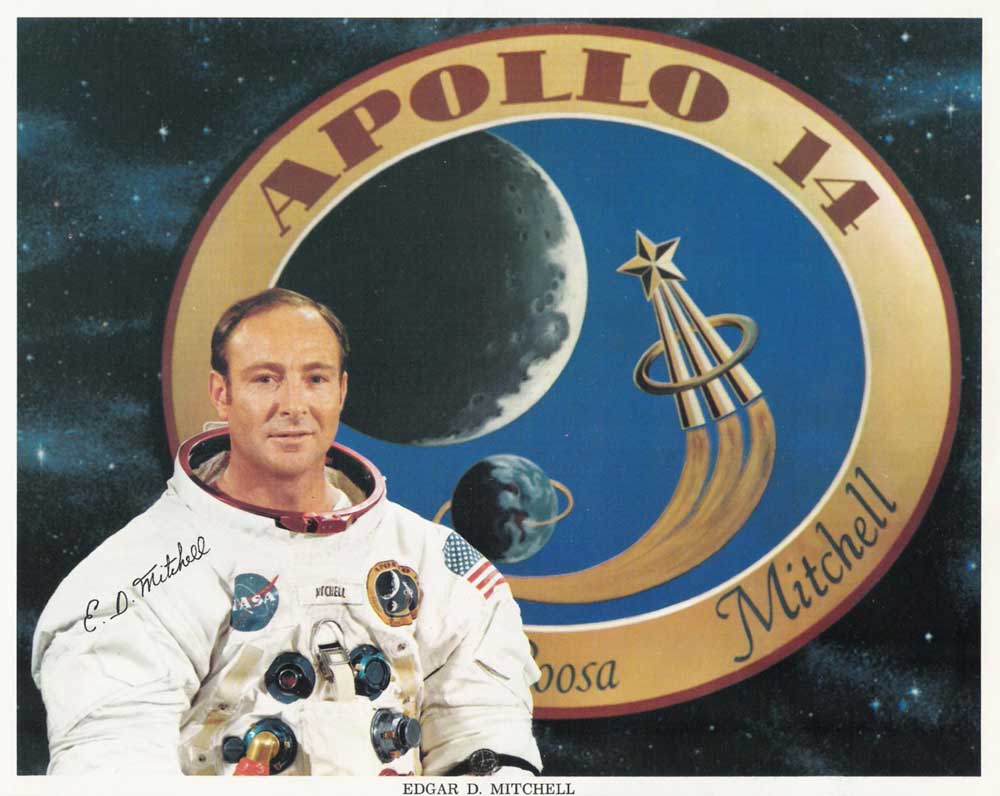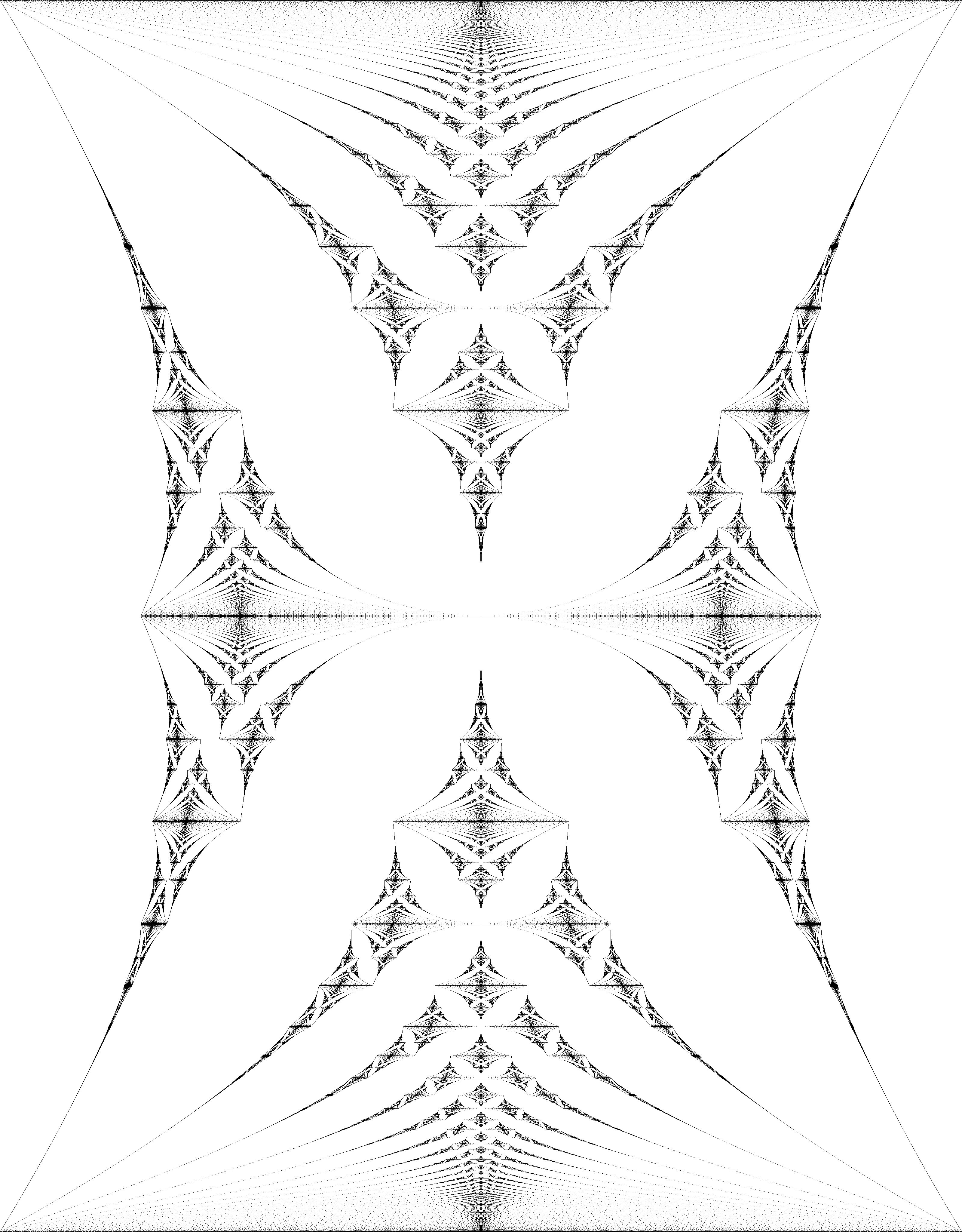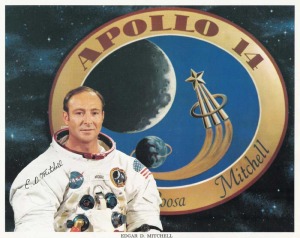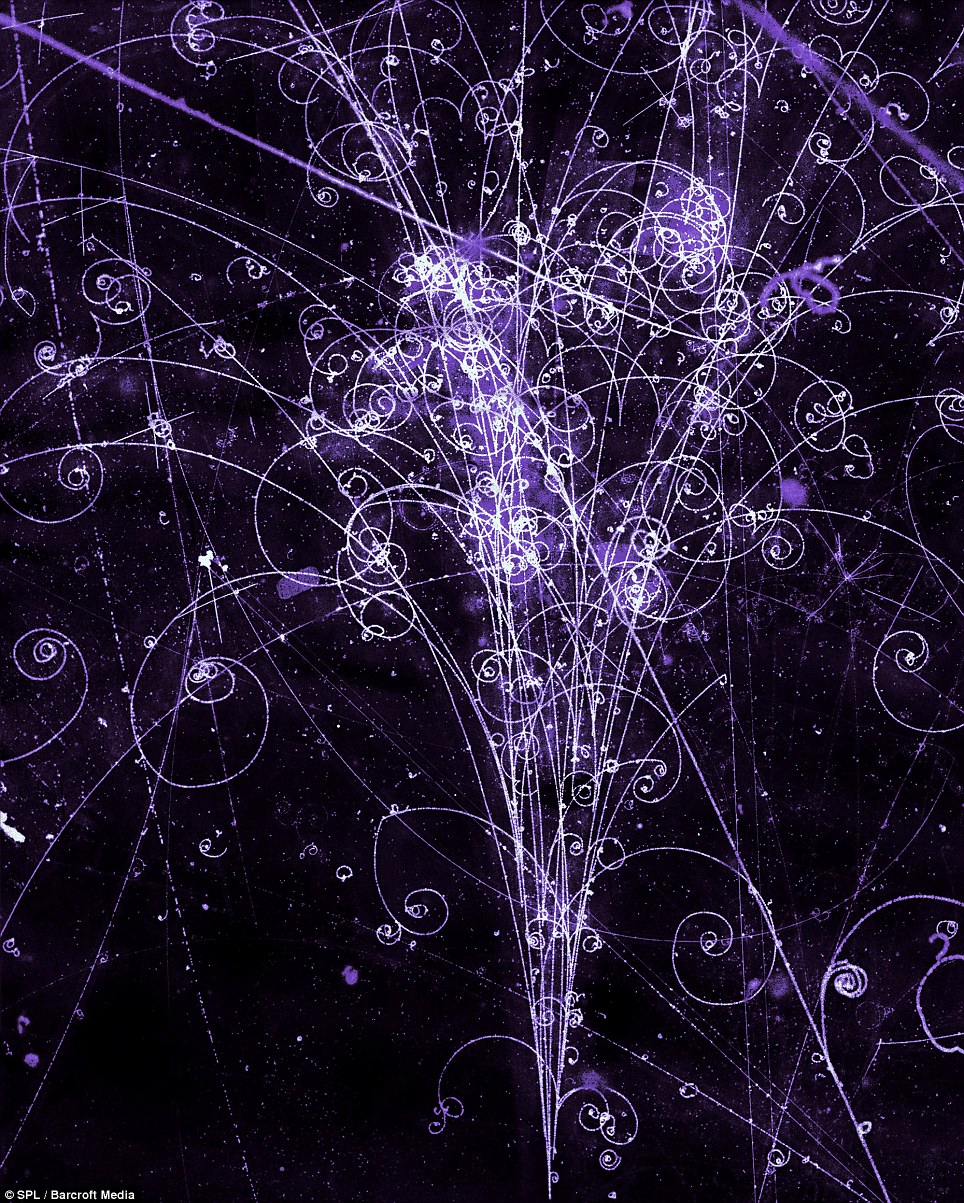The Big Picture is the name of Barry Ritholtz’s blog about stocks, investing, financial markets, and economics. Interestingly, I actually ran across this good blog will searching for Godel, Escher, Bach.
Category: Bach (Page 1 of 2)

Jason Silva creates some incredible philosophical videos. He is noted for reiterating Timothy Leary’s description of the computer and internet as the LSD of the 90’s. And his short clips are intended to be such a psychedelic experience. Really great; as most of them are based on many of the books and ideas posted in this blog. Be sure to watch his videos:
Here is Jason Silva’s film rendition of the strange loop from Hofstadter’s Godel, Escher, Bach.

Warren, Ben, David, and Taylor are four friends who meet on weekends to discuss various ideas and have a good time. They are together one night and begin discussing a business venture.
Warren: I know a great idea!
Ben: Sure, tell us another one of your “great” ideas. I hope this one is better than that silly farming device.
David: Alright, let Warren indulge us.
Warren: Ok… so, what if we printed pieces of paper and told people that they were worth the value of a certain company?
Taylor: Is that your idea? Hahahaha, what could that possibly achieve? I am leaving.
Warren: No, wait! Just think about it. If we printed a fixed number of these papers and said that the sum of the them are worth the value of the company, then we could sell them for that value to people.
Ben: Yes, but what fool would fall for such an obvious scam.
Taylor: What value? How can pieces of paper be worth more than paper? How can we claim that they are worth the value of a certain company?
David: You know, I think Warren has a point. All we have to do is sound reputable and create a way for these pieces of paper to be traded.
Warren: See! David is following me!
David: If this were a scam, we would just sell the papers and run off with the money.
Ben: But isn’t that your plan?
Warren: Hmm… True. But in this case, the people are able to trade with each other to get their money back and possibly a profit.
Ben: In fact the potential for a profit would be the only reason for buying these pieces of paper.
Taylor: Hahahah, so this is a giant Ponzi Scheme?
David: Yes, it does seem so, now that you mention it.
Warren: No, there is a difference. We will simply be selling pieces of paper. The “Ponzi Scheme” that Taylor mentioned would be caused by the infinite self-repeating pattern of people buying the paper from each other and then selling it to other people for a return.
David: That is a very strange concept. Kinda like a strange loop.
Ben: Ok, but wouldn’t each person value the pieces of paper differently, based on their opinion on the value of the company?
Taylor: Yes, person Expensive may be willing to pay ten the piece of paper; while person Cheap may only pay ten for the same piece of paper.
David: Then this is idea is doomed. It will never work.
Ben: Too much chaos!
Warren: No! Someone, perhaps seeing an opportunity to profit will establish a definite lower bound to the value of the piece of paper. Let’s say that lower bound is ten; i.e., there is a person who believes that he can buy a piece of paper for ten and, at a later date, sell it to people for more than ten.
David: Ok. I follow.
Warren: Then, someone else, seeing that there is a potential to make money, will offer 12 for the piece of paper.
Ben: AHH! Yes, a price will dynamically form based on the interactions of all these people.
Taylor: And then?!?!
Warren: Well, then we have a way to sell these pieces of paper for more than the value of paper?
Ben: Yes, precisely.
David: So, by simply saying we have pieces of paper which represent the value of a company we have made a handsome profit?
Warren: Exactly!
Ben: And, in the process we have discovered a way to find the value of a company!
Taylor: Wow! I must say Warren, this is a brilliant idea!
David: What will we do will all this money?
Warren: I think I will buy some of these pieces of paper.
Ben: Me too! And make even more money!

Hofstadter’s Butterfly, what a beautiful self-repeating pattern! Discovered by Douglas Hofstadter.
 |
| Credit |





